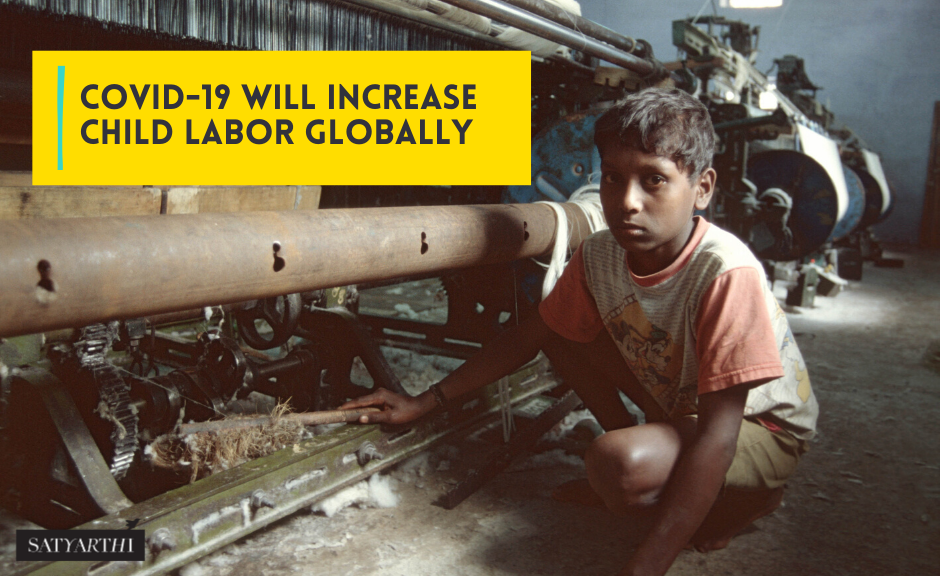In times of crisis, children are often the ones who suffer the most. The COVID-19 pandemic is no exception. Marginalized children around the world are especially at risk, as this global crisis creates many factors that will contribute to the rise in child labor. Estimates show 152 million children are currently trapped in child labor, and UNICEF expects millions of additional children will become child laborers due to increased poverty alone.
Newfound or exacerbated financial instability is a major contributor to child labor. Past economic crises like the 2008 global recession intensified poverty. Now, as a result of the pandemic, income earners in families may be out of work and safety measures in place may prevent them from finding new jobs. This has direct impacts on children who may now be considered other avenues of income to help sustain their families. Traffickers will take advantage of vulnerable families and lure their children into labor. Compounding this is the rise in illnesses and deaths among parents and caregivers, leaving many single parents who may be more susceptible to unfair labor practices, or even worse, orphaned children.
Lack of access to education is another key contributor to child labor. Schools around the world are closed, and many students in rural or poor communities do not have the resources to access remote learning. We know education is a powerful force in preventing child labor, but it is likely that many children will not return to school. Due to financial restrictions, many young people may enter the workforce early, rather than completing their education, further limiting their future job prospects. These children are less likely to stop working, even when their financial situation improves.
Child labor will further worsen due to a decrease in social protection services, which in many developing countries are already limited. Funding for vital programs may be cut and stay at home orders may prevent on the ground monitoring and support. Vital health services and childcare services will also decline.
While reaching the global goal of eliminating child labor by 2025 may seem unattainable at the moment, there are steps governments can take to mitigate the pandemic’s impact on children, now and beyond. Global leaders and Nobel Laureates are coming together to demand a fair share of economic relief for children. Urgent funding is needed, and if governments dedicated just 20% of their COVID-19 response for the poorest 20% of humanity, the results would be transformative. Youth activist groups like the 100 Million Campaign are also advocating for justice for every child.
This World Day Against Child Labor, we all must ‘do our bit’ to protect children, now more than ever. Sign the 100 Million petition to ensure children are prioritized in COVID-19 relief efforts.

